Clearly convinced by Spada’s design portfolio, Zagato hired him on the spot after receiving his desired answers. Lombardy-born Spada had graduated from an engineering degree shortly beforehand; by the end of the year, he had one of history’s most treasured automotive designs under his belt, the Aston Martin DB4 GT Zagato. That alone is an impressive feat for a 23-year-old graduate – one compounded by the fact that he also penned the Alfa Romeo Giulietta SZ and the OSCA 1600 GTZ concept car that same year.
Mr Coda Tronca
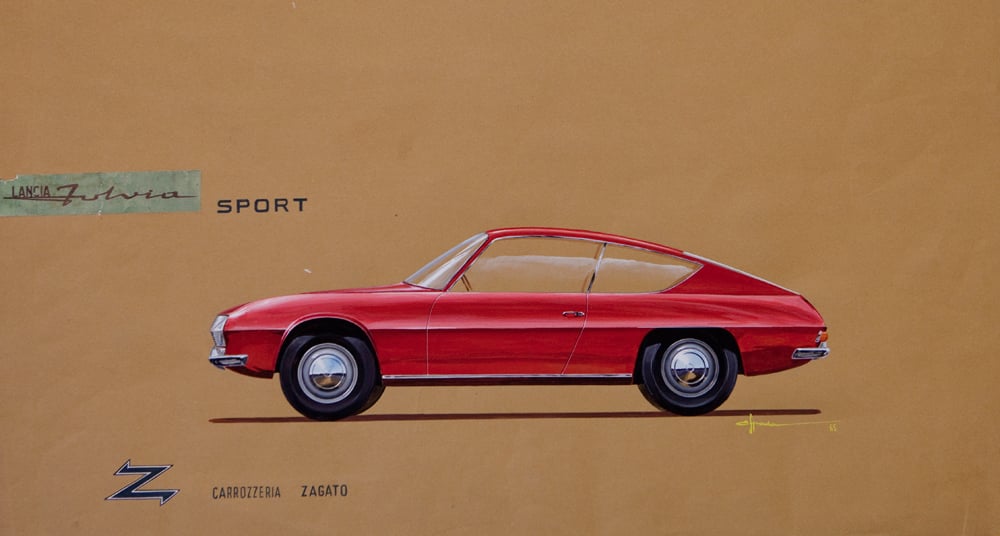
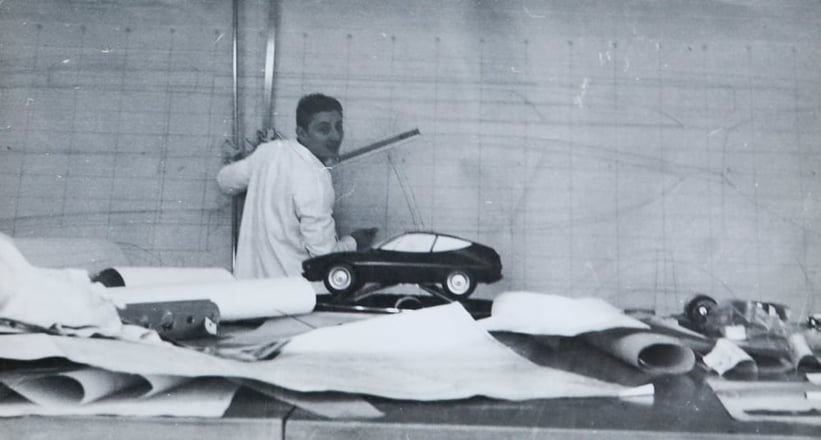
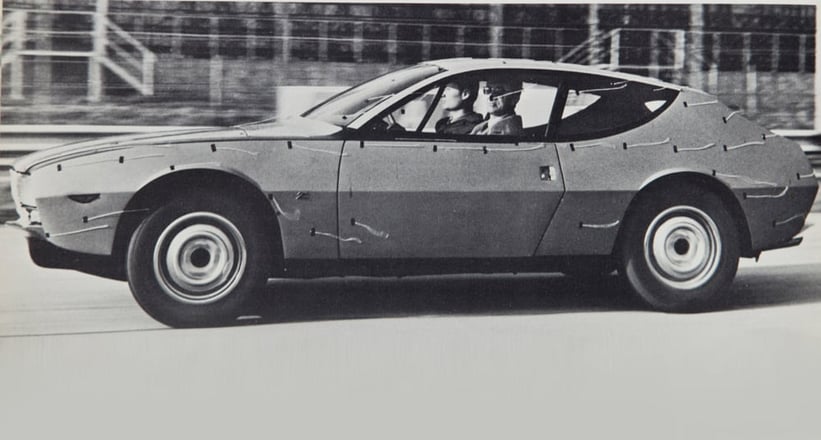
Unsurprisingly, he soon became one of Zagato’s most prized assets. Spada had not only found a creative outlet for his two passions – art and cars – but also displayed an appetite for aerodynamic excellence right from the off. Most notably, he applied the Kamm-inspired ‘coda tronca’ (literally meaning ‘truncated tail’) design to the updated Alfa SZ, and many of its later relatives such as the TZ1 and TZ2. He was also responsible for several of the Zagato-bodied Lancias – from the curious Fulvia Sport to the gorgeous Flaminia Super Sport – during his time with the Milanese coachbuilder, which formally ended in 1969.
Spada continued his relationship with Zagato as a freelancer in the years that followed, also working for Ford, Ghia and Audi before joining BMW as Chief Designer in 1977. There he was responsible for the E32 7 Series and E34 5 Series, with one quote about that period taken from a recently released book being particularly pertinent. “Most of my designs were disapproved of at first,” Spada says in ‘Spada. The long story of a short tail’, which has been expertly written by Bart Lenaerts. “But then, after some time, they start to see the beauty of it. And years later they are big fans.”
Spada-man to the rescue
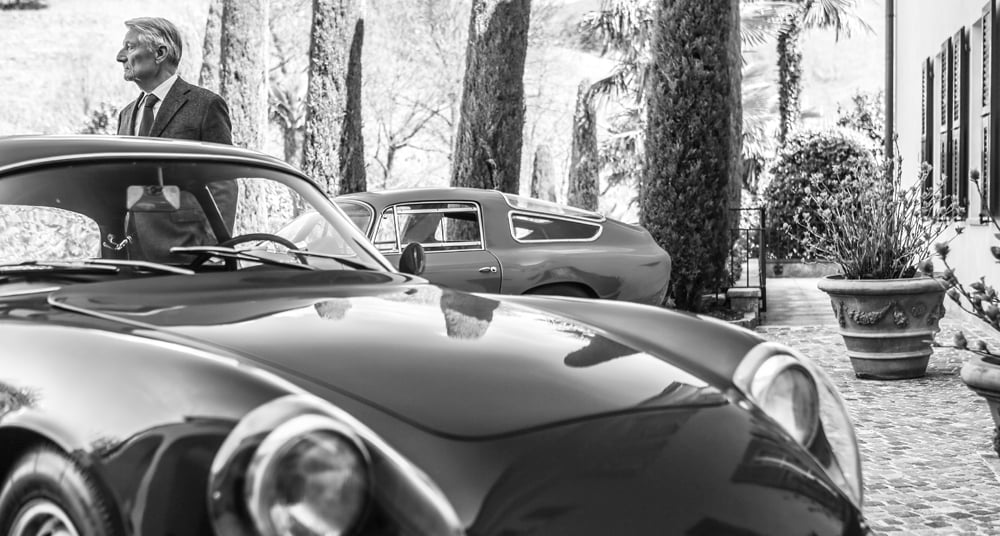
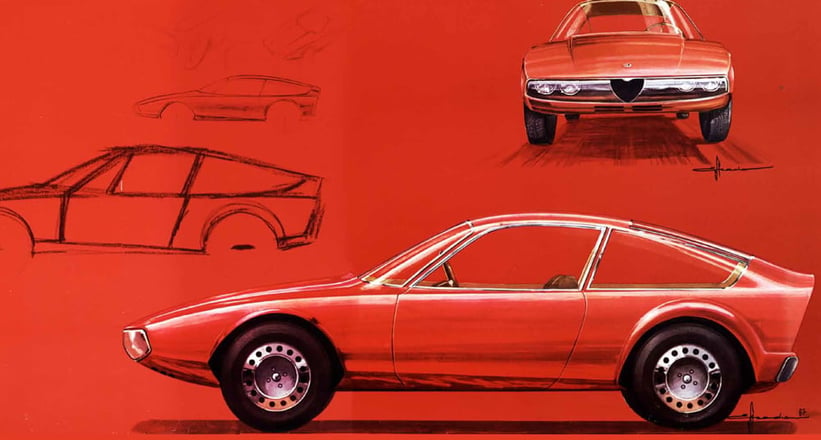

Clearly, Spada’s thinking – both in aesthetic and aerodynamic terms – tended to be way ahead of his peers. His name is often criminally omitted when styling heavyweights such as Giugiaro, Gandini and the Pininfarina clan are mentioned. But his design and engineering proficiency warrants equal treatment among these luminaries, even were you to take only the first decade of his career into account. That his work was still bearing fruit as recently as 2011 is another story.
















